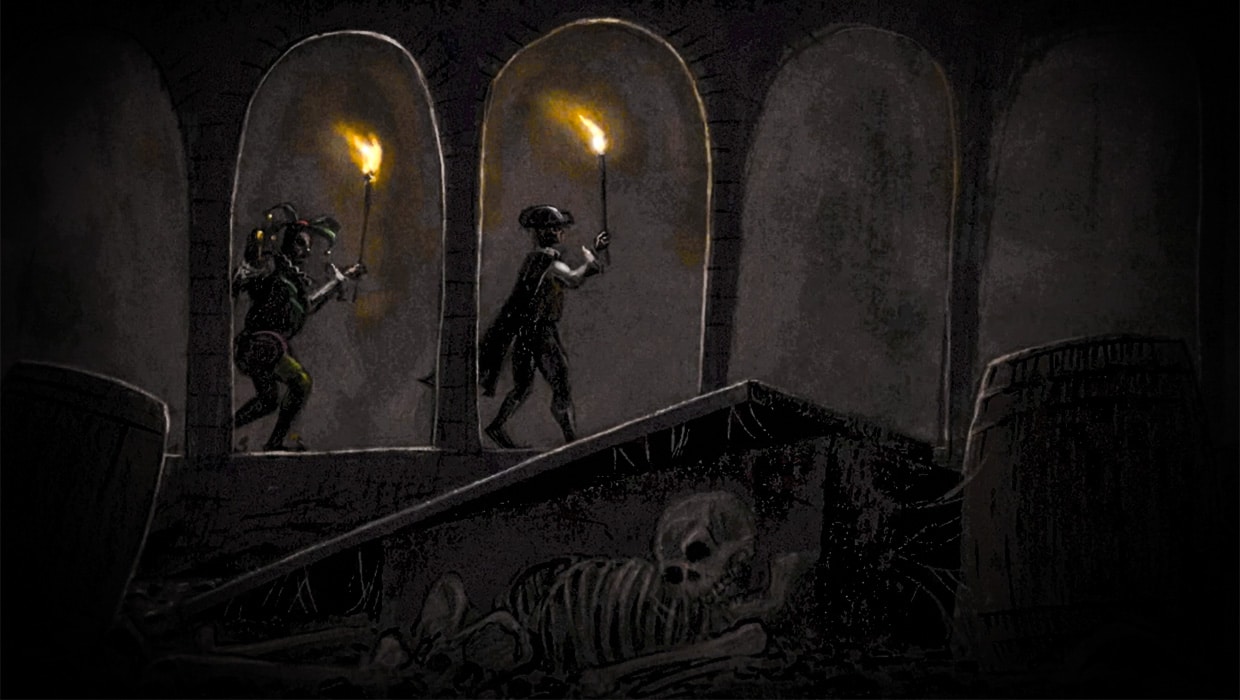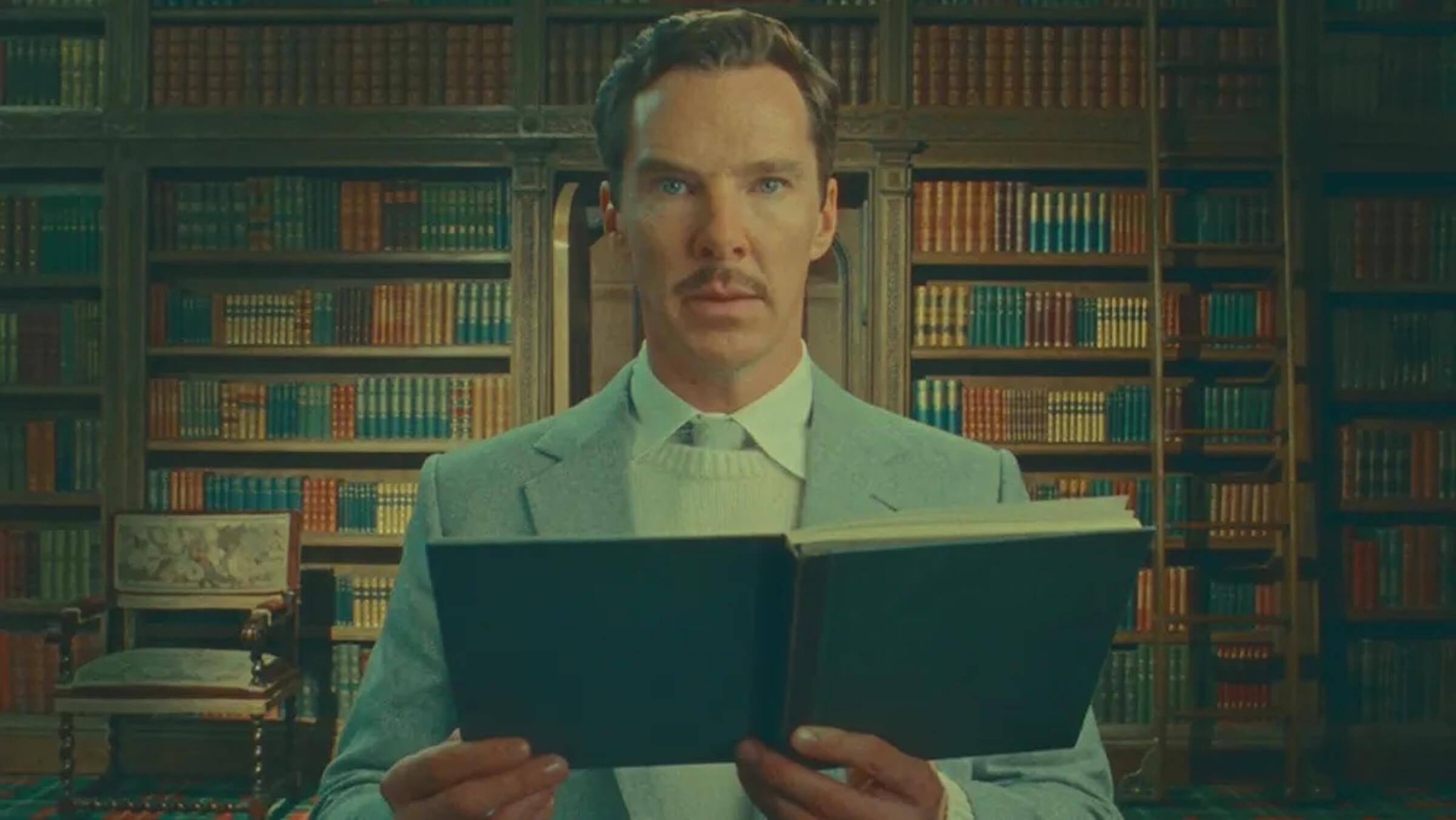How To Outline Your Short Story
March 29, 2024
There are many reasons to outline your short story before you write it. Probably the most compelling reason to create an outline is to help you keep the story focused and avoid going on tangents that may not serve the story.
You have limited space to take your reader on a journey, typically only 500 to 7,000 words, so an outline can serve as a helpful guardrail to keep you on track. Also, keep in mind that a short story is meant to be read in one sitting, so getting crystal clear on where the story is going and exactly where it will end ahead of time is a fantastic tool that can only benefit your story.
Here are six steps to writing an outline for your short story.
Clarify Your Theme
Short stories must explore a central theme, most likely one that is important to you in your own life. Your main character is the vehicle through which your reader will explore this theme, and every choice that character makes will have thematic consequences. Some common themes include:
- Loss of Innocence
- Survival
- Identity
- Redemption
- Tradition vs. Change
- Good vs. Evil
- Revenge
- Death and Loss
- Free Will
- Power and Corruption
- Forbidden Love
- Love and Sacrifice
- The American Dream
- The Circle of Life
Theme is subjective and should have personal resonance for you as the writer. Just remember that every single detail—from the characters’ names to the locations they inhabit to the car they drive—must have thematic significance.
Once you have defined your theme, distill it into a short statement that encapsulates the essence of your narrative journey. If you get lost or become unsure of what your protagonist should do next, go back to your theme and let it guide you.
Read More: 5 Ways to Use Theme to Transcend Your Knottiest Story Problems

Introduce Your Protagonist
Decide where we will meet your protagonist and engage that character in an activity that helps the reader understand who they are. Let’s look at Della’s introduction in O. Henry’s The Gift of the Magi:
ONE DOLLAR AND EIGHTY-SEVEN CENTS. That was all. She had put it aside, one cent and then another and then another, in her careful buying of meat and other food. Della counted it three times. One dollar and eighty-seven cents. And the next day would be Christmas.
We meet Della at home, counting her money the day before Christmas. We learn she’s been careful in putting money aside, implying she is not wealthy. This is important because it gives us a quick window into her backstory: she scrimps and saves for the ones she loves. This makes Della likable, and noble even. We will root for her on her journey.
Set Up the Main Conflict
Decide on the inciting incident or situation that introduces the main conflict. This will send your protagonist on the journey that will be the bulk of your short story. Master writer Edgar Allen Poe puts the inciting incident into the first sentence of The Cask of Amontillado:
The thousand injuries of Fortunato I had borne as I best could, but when he ventured upon insult I vowed revenge.
The “insult” is the inciting incident, and the protagonist’s (Montresor) commitment to “revenge” is the beginning of his journey. Immediately, the reader becomes invested in whether or not Montresor will get his revenge. Why? Because revenge is something many of us in real life dream about seeking, we often don’t have the guts (or poor judgment) to do it. In this story, we get the chance to live vicariously through Montresor.

The Main Character Takes Action
The protagonist must take action to address the conflict that has ensued. Sometimes, the protagonist may attempt to avoid solving the conflict—in the Hero’s Journey method of storytelling, it’s called “Refusal of the call,” which usually happens because they are afraid. Quickly, however, the protagonist will have to face up to it.
In The Gift of the Magi, Della spends some time crying and feeling sorry for herself but ultimately decides she must sell her long, beautiful hair so she can use the money to buy a Christmas gift for her husband.
The Main Character Is Transformed
After confronting the conflict or challenge in the story, the protagonist changes, sometimes called a character arc. Through their struggle, they have learned the error of their ways and are in a sense reborn, becoming a better person. This is the case in Charles Dickens’ A Christmas Carol. After being visited by three ghosts, Scrooge expresses remorse for his greedy behavior and callous treatment of others. He vows to change his ways and has a new understanding of the meaning of Christmas.
Sometimes, however, the protagonist is unwilling or unable to meet the challenges of the central conflict, and instead of transforming, they suffer consequences as a result. In Daphne du Maurier’s short story The Birds, protagonist Nat does his best to protect his family against the atrocious and violent bird attacks, but ultimately cannot stop this overwhelming force of nature. Though Nat and his family do not die at the end of the story, the situation is left unresolved giving the reader an unsettled, troubled feeling.
.jpg?width=1200&height=675&name=The%20Birds%20(1963).jpg)
Resolution with an Element of Surprise
The last part of your short story will resolve the central conflict, for better or worse, but often uses irony or delivers an unexpected twist. In The Gift of the Magi, Della sells her hair to purchase a watch fob for her husband. Here, the unexpected twist is that her husband sells his watch to buy her combs for her precious hair – rendering both gifts useless. The theme of “Love and Sacrifice” is reinforced by showing how each character sacrificed the one thing they prized the most to buy a gift for the other – an expression of true love.
Crafting a compelling short story outline will serve as a helpful blueprint as you write your story. By identifying your theme, coming up with an interesting protagonist, and listing the main plot points, you can more effectively structure a short story that will engage the reader. But as useful as an outline can be, don't be afraid to deviate from your initial outline if new ideas emerge that enhance your storytelling—trust your creative process and have fun!
Read More: Outlining Your Screenplay Your Way
Written by: Shanee Edwards
Shanee Edwards is an L.A.-based screenwriter, journalist and novelist who recently won The Next MacGyver television writing competition to create a TV show about a female engineer and was honored to be mentored by actress/producers America Ferrera. Shanee's first novel, Ada Lovelace: The Countess Who Dreamed in Numbers was published by Conrad Press in 2019. Currently, she is working on a biopic of controversial nurse Florence Nightingale. Shanee’s ultimate goal is to tell stories about strong, spirited women whose passion, humor and courage inspire us all.- Topics:
- Screenwriting & Craft




